Aritaum - Chosun Univ. Branch [Tax Refund Shop] (아리따움 조선대)
9.1Km 0 2024-04-23
147, Gijanghaean-ro, Gijang-eup, Gijang-gun, Busan
-
Myeongokheon Garden (담양 명옥헌 원림)
9.1Km 10010 2019-08-20
103, Husan-gil, Damyang-gun, Jeollanam-do
+82-61-380-3752
Located in the eco-village of Husan-ri, Myeongokheon Garden was the garden of Oh Hui-do (1583-1623) of the Joseon dynasty and served as a simple, countryside sanctuary where the scholar read and wrote many books. Main features of the garden are the Myeongokheon Pavilion, where the scholar held lectures, and the square-shaped pond in front of the pavilion that is surrounded with graceful flowering trees. The flowering trees around the pond include red pines and crape myrtles. On the right side of Myeongokheon Garden you’ll see a 300 year-old ginkgo tree, which is where King Injo (1623-1649) of the Joseon dynasty tied his horse when he went to visit Oh Hui-do.
Gwangju Sajik Park (사직공원 (광주))
9.2Km 28029 2022-08-05
49, Sajik-gil, Nam-gu, Gwangju
+82-62-652-3236
Sajik Park is located at the previous site of Sajikdan Altar, a ritual site to pray for peace and prosperity during the Three Kingdoms Era. In the 1960s, the site was home to Sajik Zoo, with the ritual being abandoned in 1894 and the altar in disrepair. However, in 1991, it was decided to move the zoo to another location and begin restoring the site. It was reopened in April 1994, 100 years after the last ritual.
Sajik Park is landscaped with various trees and flower beds. The park blooms pink and white with cherry blossoms annually in mid-April. During this time, the municipality of Gwangju installs lighting in the trees for citizens to enjoy the blossoms late into the night. The park has become established as a favorite rest area for Gwangju citizens. The park houses several attractions including Gwangju Broadcast Station (KBS), Memorial Tower for Policemen, Yangpajeong Pavilion, and Palgakjeong Pavilion overlooking downtown Gwangju.
Myeonangjeong Pavilion (면앙정)
9.2Km 5959 2020-04-27
382-11 Myeonangjeong-ro, Damyang-gun, Jeollanam-do
+82-61-380-2811
Myeonangjeong Pavilion is located on the slopes of Jebongsan Mountain in Damyang-gun. The pavilion was constructed in 1533 by Song Sun (1493-1583), who built it as a place for writing poems. After its construction, the pavilion served as a meeting place for scholars and intellectuals and was even frequented by Lee Hwang (1501-1570), a representative Confucian scholar who is pictured on the 1,000 won bill.
The roof of Myeonangjeong Pavilion was originally made of reeds, straw, grass and other materials which could not withstand the elements. After several repairs, the building was developed into the wooden structure that it is today.
From the back of the pavilion, you can see the mountain range and open wide fields; renowned scholars’ poems are engraved on the wooden panels that decorate the pavilion walls.
House of Choi Seung-hyo (최승효가옥)
9.2Km 13825 2023-03-08
29-4, Yangchon-gil, Nam-gu, Gwangju
+82-62-607-2332
The House of Choi Seung-hyo is a traditional residential building located on the southeastern slopes of Yangnimsan Mountain. The rectangular building is open to the east, has 8 kan (the space between two pillars) in the front and 4 kan to the sides, and is graced by a traditional hipped and gabled roof. Since the building was constructed in the 1920s, it offers a valuable glimpse into the architectural style of Korean houses at the end of the Japanese colonial period. Choi Sang-hyeon was an activist who offered his attic as a place of refuge for other activists.
Arie-ne guesthouse[Korea Quality] / 아리네 게스트하우스[한국관광 품질인증]
9.2Km 1546 2024-07-24
6 , Cheonbyeonjwa-ro 428beon-gil, Nam-gu, Gwangju
+82-10-2104-8899
Ariene Guesthouse is an integrated cultural platform located in Yangrim-dong, Nam-gu, Gwangju. The accomodation is located in the downtown area of Gwangju, making it both easily accessible and affordable. On the first basement floor, there is Yanglim Culture Hall, a lounge cafe on the first floor, and a rooftop party room on the fourth floor. The guesthouse has nine rooms on the second and third floors, including double rooms, twin rooms, ondol rooms, and separate dormitory rooms for men and women. Each room is equipped with a bathroom for guests' convenience, and breakfast is provided at no charge. A fee is charged for laundry services. There are modern cultural and historic sites nearby.
Han Hee-won Art Museum (한희원미술관)
9.2Km 0 2023-01-25
27-6, Yangchon-gil, Nam-gu, Gwangju
+82-62-653-5435
Han Hee-won Art Museum is a small hanok art museum in the back alley of Yangnim-dong.
Painter Han Hee-won grew up in Yangnim-dong, where he was influenced as a painter. In July 2015, he purchased a small hanok between the House of Yi Jang-u and the House of Choe Seunghyo and transformed it into an art museum to preserve and show the spirit of love, comfort, and art in his hometown, Yangnim-dong. An art museum with a low threshold approaching citizens with a humble mind, Han Hee-won Art Museum is open to anyone. Feel free to visit, appreciate the paintings, and be comforted through art.
Yangnim-dong Missionary Cemetery (양림동 선교사 묘지)
9.3Km 14519 2021-05-28
77, Jejung-ro, Nam-gu, Gwangju
+82-62-607-2333
The Yangnim-dong Missionary Cemetery is the final resting place of 23 missionaries who brought Christianity to Gwangju and led the movement to free the nation from under Japanese colonial rule. Yangnim-dong in Gwangju Metropolitan City was the main area in which Priest Bae Yu-ji and Dr. Clement Owen carried out their work as the first missionaries to Jeollanam-do.
Located nearby is a monument dedicated to Priest Bae Yu-ji and the Owen Memorial Building, built in honor of Dr. Owen and his grandfather. Both memorials are cultural assets and particularly prized by locals of the Christian faith.
Coboc (커볶)
9.3Km 0 2024-02-13
161-7 Jiho-ro, Dong-gu, Gwangju
Coboc, established in 2006, is a café located near the Jisan Recreation Area at the base of Mudeungsan Mountain. This café is particularly known for its stunning views, especially during sunset. Among its signature offerings are the Mudeungsan Gureum Coffee, a unique cheese cream coffee, and a bagel with chives and bacon. The Mudeungsan Gureum Coffee is distinctively topped with a white, soft cheese cream, reminiscent of the clouds that grace the mountain.
Lee Jang-woo's House (이장우 가옥)
9.3Km 15224 2021-12-16
21, Yangchon-gil, Nam-gu, Gwangju
+82-62-607-2333
Designated the first Gwangju Folk Material on March 20, 1989, Lee Jang-woo's House is an upper-class, tile-roofed house with a gate, storeroom, servants’ quarters, detached building, and main building. The building is estimated to have been constructed in 1899 and is overall a sturdy example of Korean architecture, well-preserved in its original state. The L-shaped main hall of the historic building is rather large and consists of (left to right) a wooden verandah, a small room, a hall, the main room, a kitchen, and another small room. The room doors are double doors with a sliding door on the inside and a hinged door on the outside. The hall also has partitions that can be hung up as necessary.
![Aritaum - Chosun Univ. Branch [Tax Refund Shop] (아리따움 조선대)](http://tong.visitkorea.or.kr/cms/resource/36/2886836_image2_1.jpg)
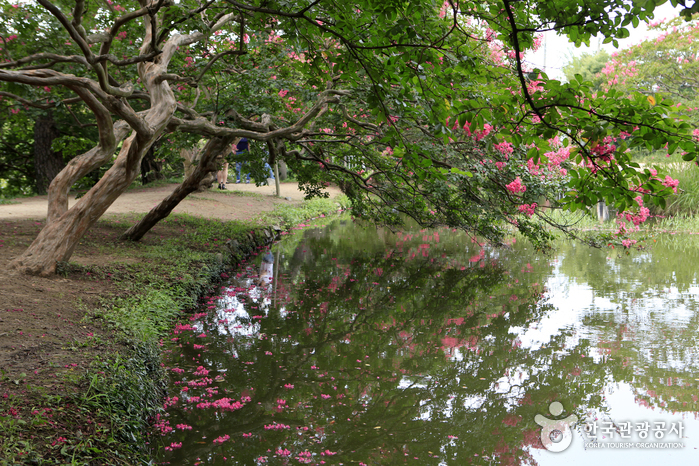
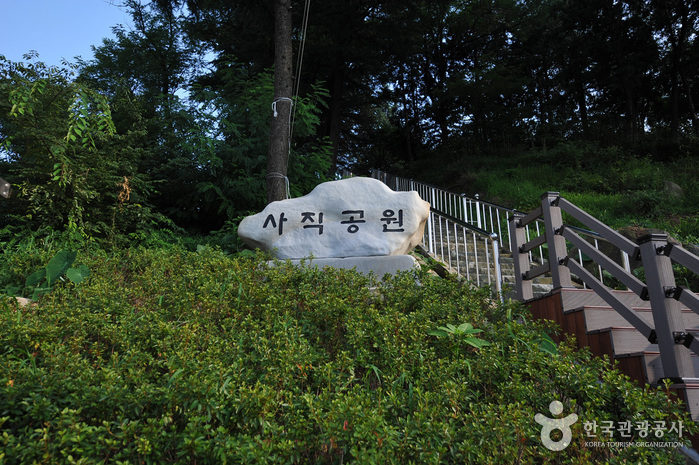
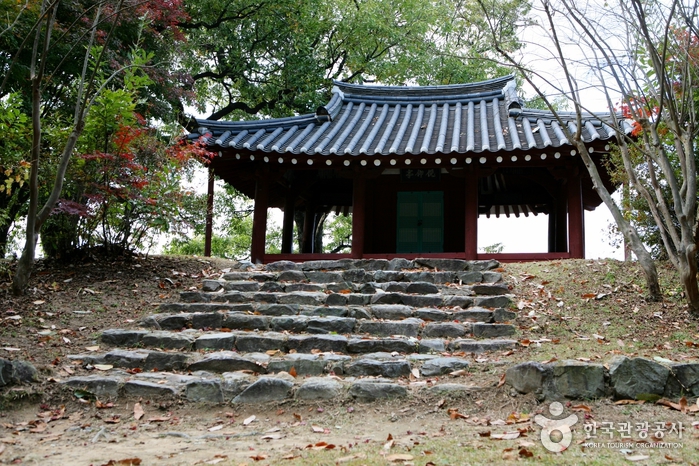
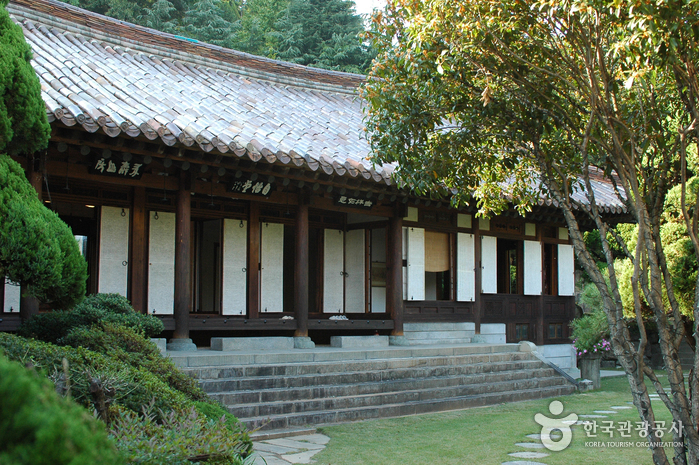
![Arie-ne guesthouse[Korea Quality] / 아리네 게스트하우스[한국관광 품질인증]](http://tong.visitkorea.or.kr/cms/resource/69/2817869_image2_1.jpeg)

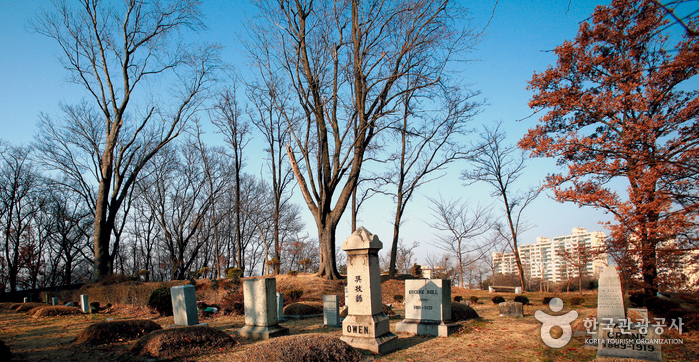
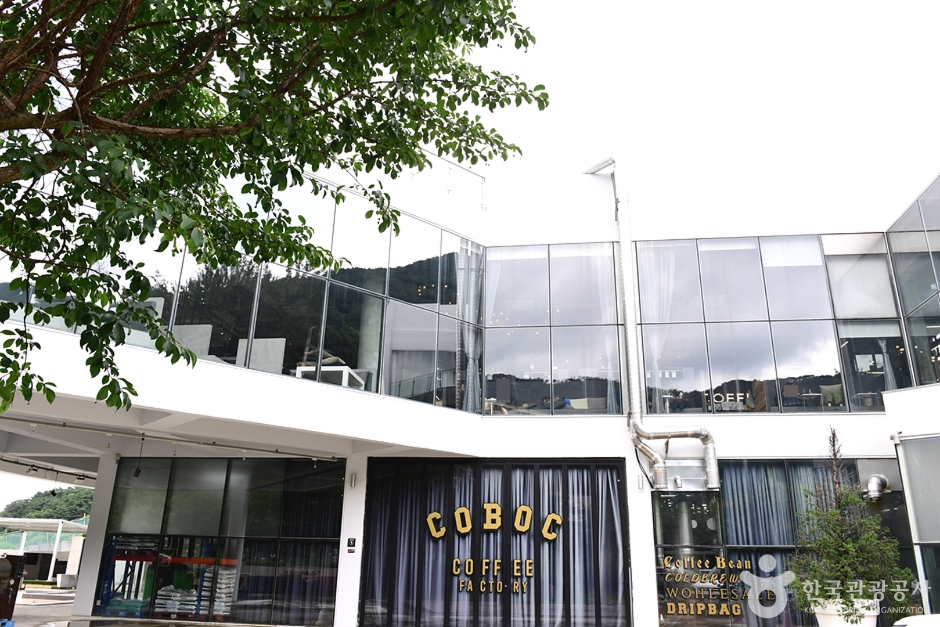
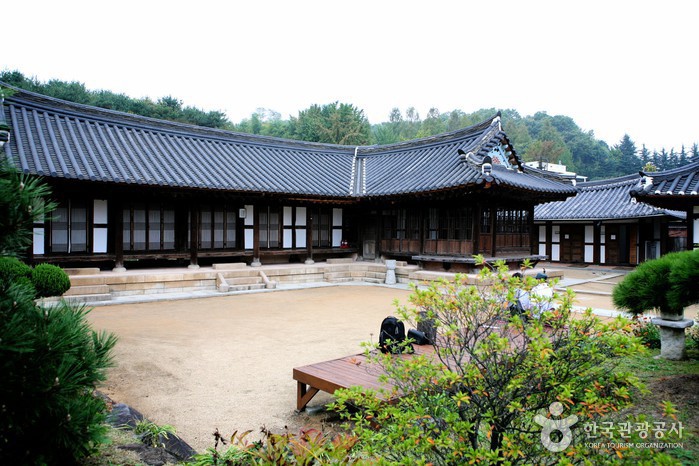
 English
English
 한국어
한국어 日本語
日本語 中文(简体)
中文(简体) Deutsch
Deutsch Français
Français Español
Español Русский
Русский